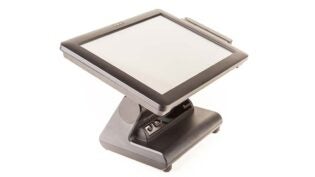
Businesses have to choose from a variety of security systems including intruder alarms, access control, and security camera systems to ensure total protection for their facilities. Alarm systems can work in isolation to protect against intrusions and burglary. On the other hand, an alarm system can be integrated with other gadgets such as fire and smoke sensors, to offer additional protection against fire. Combining an alarm system with CCTV surveillance and access control systems creates a comprehensive business security and monitoring solution.
The Anatomy of Alarm Systems
Business alarms are made up of various components that enable them to perform the required functions. Some of these components include:
- Control Unit: Technically, this is the “brain” of the alarm system. The control unit coordinates and controls the functions of the system including reading sensor inputs, tracking the arm/disarm status, and signaling intrusions. The unit comprises of a metal enclosure covering computer circuit boards and power supply unit.
- Keypad: This serves as the interface between the human user and alarm system. Users need the keypad to arm/disarm the system, and check the alarm status.
- Sensors: A sensor is an input device that is used by an alarm system to detect signs of intrusion or danger. The sensors are installed in various strategic locations inside and outside the facility, including on door and windows, to detect any signs of disturbance. The common types of sensors that are used in intrusion detection include motion sensors, vibration sensors, and sound sensors. Other types of sensors may be used to detect other events such as smoke, fire, or carbon monoxide gas.
- Alerting Device: These devices are meant to let intruders know that their presence has been detected and potentially, scare them off. At the same time, the devices serve to warn property owners or even relevant authorities about an intrusion. Flashing lights, sirens and bells are the most commonly used alerting devices.
- Interconnections: This refers to either the wireless links or wired connections between the various system components and the control unit, and the direct wiring to the power supply.
For more information on choosing the right business alarm systems, contact I-Tech Security!
This article was originally published by iTech
2594 Views












